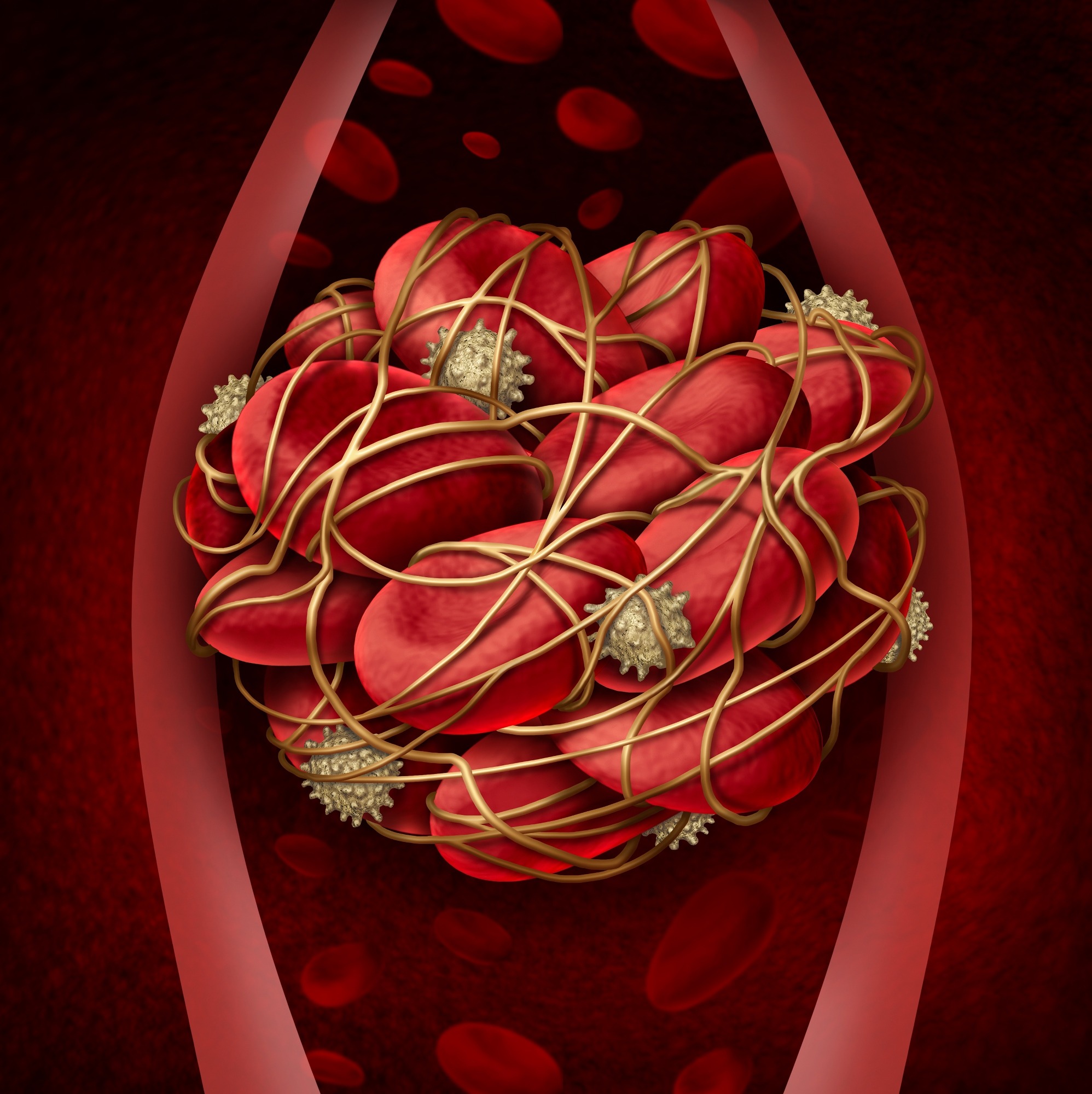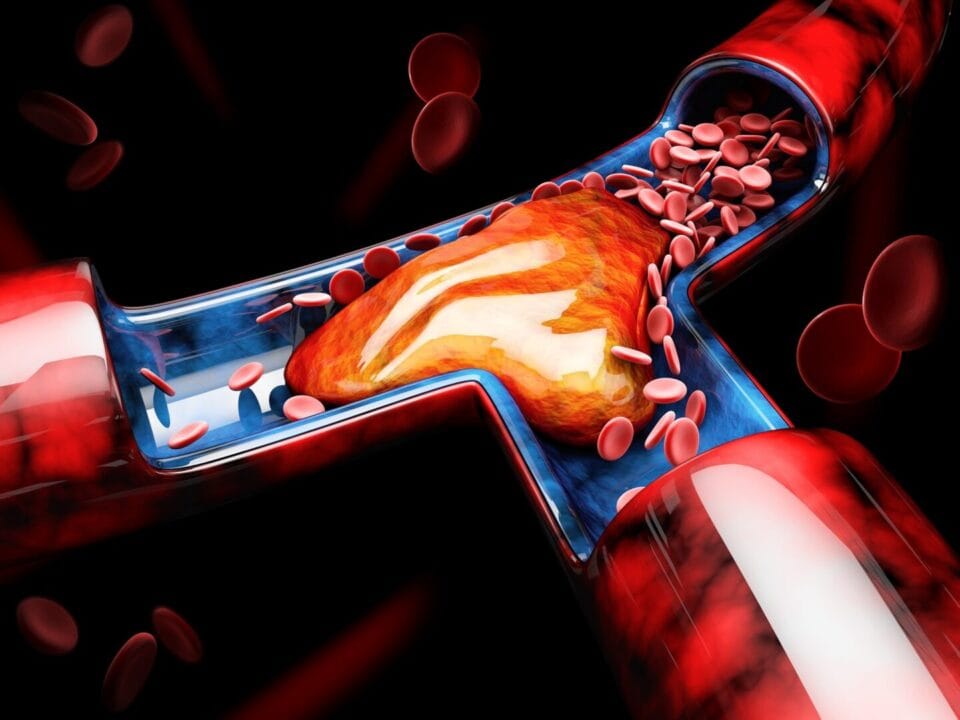Our bodies work in amazing ways. If we cut ourselves, our body’s cells work to plug up the tear or cut with platelets to prevent infection. Blood clots stop bleeding but there are also cases where they clot when not needed and lead to a stroke or heart attack.

To shine a light on blood clots and the possible damage that they may incur, we speak to Consultant Cardiologist of Pantai Hospital Kuala Lumpur, Dr. Yee Kok Meng.
1Twenty80: How does a blood clot form and how does it travel throughout the body?
Dr. Yee Kok Meng: When there’s trauma or damage to the blood vessel, it’s an attempt of the body to repair itself. So when there’s a bleed or ruptured vessel, platelets will plug up the damaged lining or exposed vessel. That plugging of the vessel leads to various proteins and chemicals that activate other platelets and that’s how a blood clot forms.

1Twenty80: How dangerous are blood clots?
Dr. Yee: This depends on the size and where it is. A tiny blood clot may be insignificant but if it is large and in the heart which then goes to the brain, it is potentially fatal and may cause a stroke. A blood clot in the legs may go to the lungs and cause a pulmonary embolism which may cause sudden death.
1Twenty80: Who are at a higher risk of developing blood clots?
Dr. Yee: Sluggish flow in blood vessels in people who are immobile or have poor mobility have a higher risk of blood clots. For example, long operations and orthopaedic surgeries where the patient needs to lie still for long periods of time are risk factors as well. Frequent long distance travellers who don’t move a lot are also at risk.
Patients with cancer may have increased clotting factors and their blood cells could gel together and cause blood clots. People with clotting disorders or autoimmune diseases where their platelets are hyperactive are also at risk.
Lifestyle factors play a role as well. People who are obese and also smokers are at higher risk of getting blood clots. Individuals with high blood pressure and diabetes can also develop blood clots.
Quote: A tiny blood clot may be insignificant but if it is large and in the heart which then goes to the brain, it is potentially fatal and may cause a stroke.
1Twenty80: What are the effects of blood clots on the heart
Dr. Yee: Blood clots can be found either in the venous system or the arterial system. In cases of atrial fibrillation which means irregular heartbeat, if there are blood clots in the heart, sudden contraction of the heart may lead to the blood clot travelling to the brain and causing a stroke.

1Twenty80: How are blood clot diagnosed?
Dr. Yee: Depends on which area we suspect the blood clot to be. For example, if we suspect the blood clot is in the brain, we will usually do a Computerised Tomography (CT) or Magnetic Resonance Imaging (MRI) scan. For people who travel or after an operation, there may be a worry about Deep Vein Thrombosis (DVT), where the blood clot is in the legs. We will usually take an ultrasound of the legs and look for any poor blood flow and clots. A CT angiogram is usually used in order to evaluate the blood flow in the arteries to see if any blood clots are visible.
1Twenty80: What about DVT? Who are at higher risk and how can it be prevented?
Dr. Yee: Stasis in the lower limbs such as in people who are immobile or have poor mobility are at higher risk of developing DVT. That’s why we call this the economy class syndrome where patients just sit still during long haul flights. They get blood clots forming in their legs because they don’t move for a long time.

For frequent flyers, keep moving. Wear loose fitting clothes, no tight clothes to prevent blood vessels from being constricted. Do some exercises, get up and walk around in the aisle, do some leg exercises and keep yourself hydrated as well to prevent blood clots.
1Twenty80: Are all blood clots treated the same?
Dr. Yee: Not really. Again, it depends on the location and significance of blood clots–whether or not it’s life threatening. We may give them blood thinners such as warfarin or heparin to dissolve the blood clots. If it’s a large clot such as in an acute stroke, we give them clot busting treatment to dissolve the clot on the spot. In certain conditions such as a clot in an arterial system, surgical embolectomy (removal of blood clot) may be possible to remove it from the arterial circulation to prevent the blood supply from being cut off to your lower limbs which may result in a gangrenous foot.
1Twenty80: What is your message to our readers when it comes to the dangers of blood clots?
Dr. Yee: Blood clots can potentially be fatal so it’s important that if you have symptoms suggesting of a blood clot such as pain, swelling in the lower limbs, get it checked out. If it becomes a clot that travels to the lung, it may lead to a pulmonary embolism (blockage of a major artery in the lung). Prevention is key, try to make sure to move around in the plane or bus and keep yourself hydrated. Wear compression socks as well, especially for people at high risk of blood clots.














